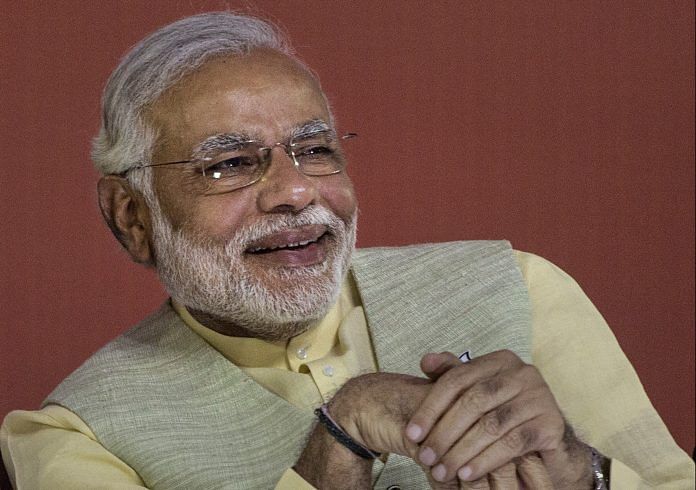Besides base effect, figure indicates recovery in economic activity, especially in the manufacturing sector.
New Delhi: India’s gross domestic product (GDP) grew at 8.2 per cent for the first quarter of the current fiscal year compared to 5.6 per cent in the corresponding period in 2017-18, indicating a recovery in economic activity, especially in the manufacturing sector.
A “more than satisfactory growth rate” though was buoyed by a positive base effect, the GDP number also suggested that the impact of demonetisation and the goods and services tax (GST) implementation was finally over.
The GDP growth rate in the previous fiscal stood at 6.7 per cent.
The growth data will provide the Narendra Modi government some relief after the recent the GDP back series data showed higher growth rate during the UPA period than the current NDA government.
China registered a growth of 6.7 per cent in the June-quarter.
Also read: GDP numbers have become phallic symbols for Congress & BJP
“A part of the high growth number is due to the base effect of a slowdown in the corresponding quarter of the previous year, due among others to an inventory de-stocking prior to the GST implementation. However, there is also a reflection of a real recovery of economic activity in the data, particularly in the manufacturing sector,” Saugata Bhattacharya, chief economist, Axis Bank told ThePrint.
A State Bank of India (SBI) analysis report said in principle, passenger vehicle sales growth, an indicator of urban demand, has strengthened in last three months. “Commercial vehicle sales growth also remained robust during the same period. Domestic air passenger traffic has maintained double-digit growth during April to June quarter,” the report said.
“Sustained and continuous increase in cement production indicates that construction activity has picked up its pace,” added the report.
SBI Group’s chief economic adviser Soumya Kanti Ghosh said challenges in the agriculture sector continue to remain depressed and is a cause for concern and must be addressed at the earliest to ensure a sustained high economic growth era. “An income support scheme besides MSP (minimum support scheme) is the need of the day to boost the agriculture sector,” Ghosh said.
Also read: Modi govt: Don’t quote report that showed higher GDP growth under UPA than NDA
Recently, the International Monetary Fund (IMF), projecting a growth rate of 7.4 per cent for India for the current fiscal, noted that it will be the fastest growing major economy in the year.
However, analysts said the global geopolitical uncertainties including an imminent trade war besides high global crude oil prices could pose a challenge to India’s economic activity and policymakers needed to remain watchful.






